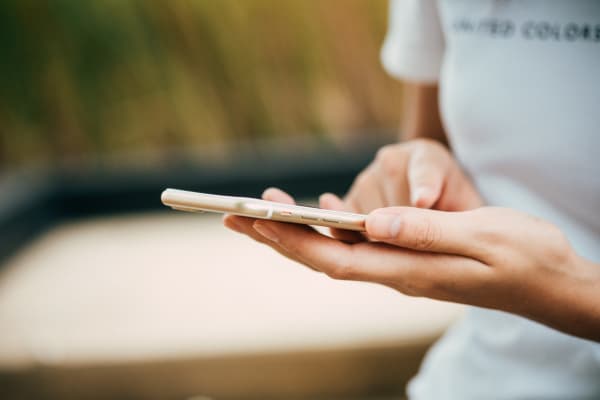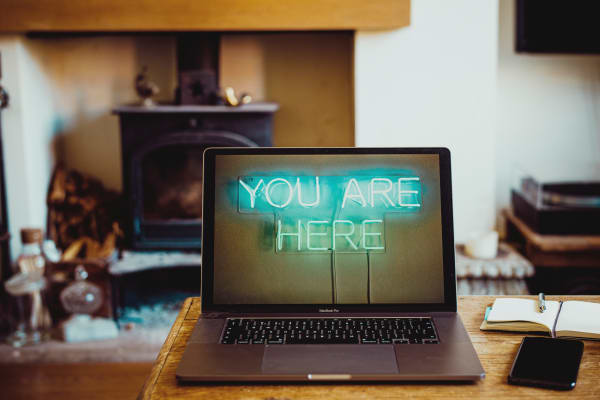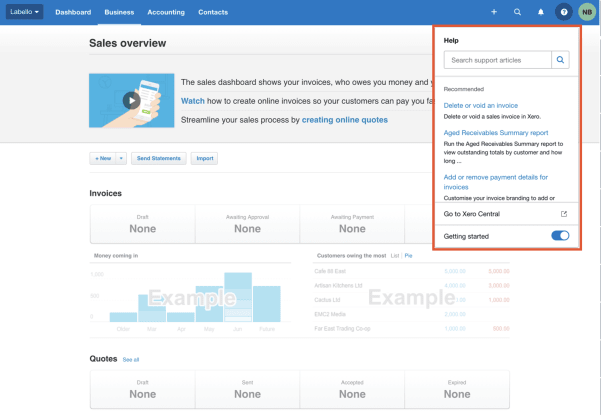The SaaS-fueled app-ification of consumer and enterprise software is driving more companies to hone in on the user experience; by evaluating the opportunity for in-app contextual help to drive adoption and conversion in the Product-led Growth (PLG) model, we can see where the expectations for in-app UX will evolve in the future.

The odds are that you’re using software from a product-led company. These are companies like Slack and Zoom that rely on the product as the tip of the sales spear and allow users to convert into paying customers down the line. The try-it-before-you-buy-it model of freemium sales has evolved into a succeed-with-it-to-need-it model. That is, according to OpenView Venture Partners whocoined the term Product-led Growth,
“Something else needs to happen between when a user signs up for your product and when they enter their credit card information. Namely, users must realize your product’s value for themselves.”
Product-led companies are able to bypass the rigors of a typical procurement process by allowing the end user to get into the product and fall in love with it. Or at least, make it an indispensable part of their workflow.

This growth model allows for explosive adoption, but it also requires companies to design products with self-service success in mind. Users need to experience that aha! moment where they truly realize what a product can do for them, but that moment is less likely to occur if they must be held by the hand in order to use it. And that level of focus on the end user experience requires companies to focus primarily on the in-app user experience.
Normally, software purchases would necessitate buy-in from multiple stakeholders and there would be structures in place at the company or through the vendor to support the adoption and expansion process. The PLG model, however, particularly during the pre-paying customer stage, focuses more on having value be realized through actual product use. That being said, a product must be easy to access and use right off the bat.
It’s incumbent upon companies to refine and execute a seamless and relevant in-app experience that encompasses the entire customer journey — and key to doing so is to improve in-app support by bringing user-specific context and personalized recommendations together.
Let’s explore this idea a bit more by way of the casino— stick with me here, folks.
Gambling on UX
PLG companies face very concrete hurdles to success. As OpenView Venture Partners explains thechallenges facing a PLG model,
“For one thing, self-serve users typically churn at a much higher rate than users who have the support of a customer success team or inbound SDRs. A lack of focused support and/or sales guidance also leads to self-serve users tending to have a really low expansion rate. On average, only 15 to 20 percent of freemium users will convert on their own to paying customers.”
The low rates of adoption, conversion, and expansion are not an impossible barrier to success, clearly, as some of the top IPOs of late have been PLG companies. But as this disruptive strategy catches hold in the mainstream and more competitors emerge, companies need to find the competitive edges, and those edges need to be built directly into the end user’s experience of the product.
Few places are as good at building experiences that promote the success of end users better than casinos, and that’s because casinos understand how to deliver contextually relevant experiences that support success. Sure, for casinos success means people gambling, but both PLG companies and casinos are trying to turn passers-by into paying customers. So let’s think of casinos like an app and draw some parallels with the in-app experience they create.

Casinos do this first by drawing people further into the environment. Bathrooms and elevators are located deep in the buildings and the floors are a maze of machines. Inconvenient? Yes. But it’s effective at getting people to see the full array of entertainment and dining on offer.
Once you’re in, casinos provide, uhm, the support people need to stick around. Food at hand, free drinks, rooms and more means that customers have everything they need within the casino itself— often from the comfort of the poker table. Casinos remove the barriers to success by providing contextually relevant support that keeps them in the seat – users don’t need to leave to get what they need.
Okay, maybe I’ve been inside my house too long and I need to get out. However, the analogy holds to the extent that PLG companies need to be laser-focused on the experience of the user in the app, whether they’ve converted to a paying customer or not. Much like the casino experience, which is designed to keep you in their ecosystem and keep you feeling happy or lucky, the more that PLG companies can provide in the app experience itself, the higher the odds of success.
As soon as you force people outside the app experience to find support (or food), you’re increasing the odds for frustration, churn, and never looking back.
Why In-App Contextual Help Is Key to Growth
The key to keeping people in the app is to create an in-app support experience designed for the PLG model — even if you’re not a product-led company. That requires you to provide contextual help.
Contextual help is support that takes into consideration where the end user is in the application and provides help without forcing the user away from the app itself.

Contextual help is nothing new. Tooltips have been part of the user experience forever. But to turn end users into power users and paying customers, product-led companies need to provide a new level of in-app self-service.
Artificial intelligence can now power help that takes context and past user interactions into account in order to surface the relevant support content at the right time and in the right place. Since advanced and novice users will be self-serving in-app, it’s important to serve content that matches the user’s skill levels.

Static support pop-ups and linear guides are nice, but AI-powered search and recommendations in-app can provide a full self-service experience, meaning that users can find everything they need to adopt, convert, and become evangelists on their own. Let your product sell itself.
According to Gartner,self-service channels fail when they’re implemented with a focus on access to a choice of multiple channels, rather than focusing on the problem-resolution journey. As such, they recommend companies “establish a self-service strategy that prioritizes resolution, not channel choice.” For product-led companies, the most important channel is the app itself, and— if companies can take advantage of that— it has the capacity to provide all of the information needed to create the best self-service experience possible.
There’s no better way to ensure timely and topical resolutions than providing contextual help at the point of the problem. With the advances in AI-powered personalized search and recommendations and the continued march of software consumers becoming users before customers, the future of the PLG model will largely hinge on delivering an in-app support experience that accelerates adoption and mastery.
Dig Deeper: In-Product Experience (IPX)
To learn more about how you can help your end users find success on their own with embedded product support and recommendations, read In-Product Experience.
If you are already a Coveo customer and haven’t yet leveraged the power of AI-powered in-app contextual help for yourself, read Manage Coveo In-Product Experiences (IPX).


